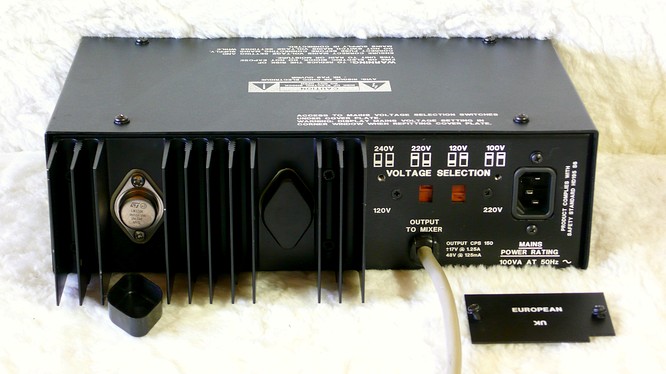elnaldo
Lunatic Member
Hello. I need to replace a LM338K regulator (TO-3), and I see it sells for $60 each (or more). The TO-220 version is just $2 (I see they share the datasheet, specs seem to be the same, I'll use this cheaper part and bend the leads to use the TO-3 heat-sink)
Do you know why this difference in price? Is it some very special part? Is it due to availability? Is the metal TO-3 case too expensive to manufacture? Is the TO-3 version much better than the plastic TO-220?
Mouser link (No Affiliation)
https://ar.mouser.com/Semiconductors/Power-Management-ICs/_/N-wnwhZ1yzvvqx?Keyword=lm338&FS=True
DigiKey link (No Affiliation)
https://www.digikey.com/products/en...cs/pmic-voltage-regulators-linear/699?k=lm338
Do you know why this difference in price? Is it some very special part? Is it due to availability? Is the metal TO-3 case too expensive to manufacture? Is the TO-3 version much better than the plastic TO-220?
Mouser link (No Affiliation)
https://ar.mouser.com/Semiconductors/Power-Management-ICs/_/N-wnwhZ1yzvvqx?Keyword=lm338&FS=True
DigiKey link (No Affiliation)
https://www.digikey.com/products/en...cs/pmic-voltage-regulators-linear/699?k=lm338


